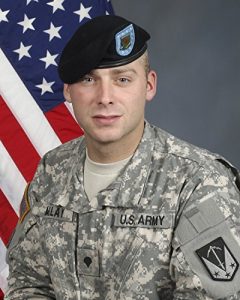HIGHLIGHTS
This report documents changes and trends
in American espionage since 1990. Its
subjects are American citizens. Unlike two
earlier reports in this series, individuals are
compared across three groups based on
when they began espionage activities. The
three groups are defined as between 1947
and 1979, 1980 and 1989, and 1990 and
2007. The subset of cases that began since
2000 is given additional study. Findings
include: since 1990 offenders are more
likely to be naturalized citizens, and to have
foreign attachments, connections, and ties.
Their espionage is more likely to be
motivated by divided loyalties. Twice as
many American espionage offenders since
1990 have been civilians than members of
the military, fewer held Top Secret while
more held Secret clearances, and 37% had
no security clearance giving them access to
classified information. Two thirds of
American spies since 1990 have
volunteered. Since 1990, spying has not
paid well: 80% of spies received no payment
for espionage, and since 2000 it appears no
one was paid. Six of the 11 most recent
cases have involved terrorists, either as
recipients of information, by persons
working with accused terrorists at
Guantanamo Bay, Cuba, or in protest
against treatment of detainees there. Many
recent spies relied on computers, electronic
information retrieval and storage, and the
Internet. The current espionage statutes
have to stretch to cover recent cases that
reflect the context of global terrorism.
This report documents changes and trends
in American espionage since 1990. Its
subjects are American citizens. Unlike two
earlier reports in this series, individuals are
compared across three groups based on
when they began espionage activities. The
three groups are defined as between 1947
and 1979, 1980 and 1989, and 1990 and
2007. The subset of cases that began since
2000 is given additional study. Findings
include: since 1990 offenders are more
likely to be naturalized citizens, and to have
foreign attachments, connections, and ties.
Their espionage is more likely to be
motivated by divided loyalties. Twice as
many American espionage offenders since
1990 have been civilians than members of
the military, fewer held Top Secret while
more held Secret clearances, and 37% had
no security clearance giving them access to
classified information. Two thirds of
American spies since 1990 have
volunteered. Since 1990, spying has not
paid well: 80% of spies received no payment
for espionage, and since 2000 it appears no
one was paid. Six of the 11 most recent
cases have involved terrorists, either as
recipients of information, by persons
working with accused terrorists at
Guantanamo Bay, Cuba, or in protest
against treatment of detainees there. Many
recent spies relied on computers, electronic
information retrieval and storage, and the
Internet. The current espionage statutes
have to stretch to cover recent cases that
reflect the context of global terrorism.



